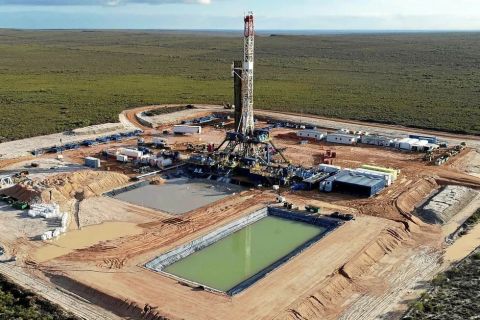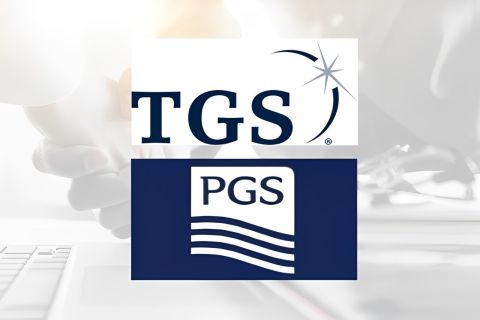
(Source: Corona Borealis Studio/Shutterstock.com)
LONDON—Saudi Arabia’s share of the oil market is set to rise this decade to its highest since the 1980s as investment in production elsewhere dries up in the wake of the coronavirus crisis, J.P. Morgan said in a report.
Oil prices have plunged more than 40% this year after an unprecedented collapse in demand, prompting oil and gas companies to announce spending cuts that will total $625 million by the end of the decade, according to the Wall Street bank.
The investment crunch will lead to a loss of output that is set to push benchmark Brent oil prices to $60 a barrel within two years, J.P. Morgan analyst Christyan Malek told Reuters.
Brent fell as low as $16 a barrel in April as the pandemic forced economies around the world to lock down and it is currently trading near $40 a barrel.
The U.S. bank expects global oil demand to average 91 MMbbl/d in 2020, 9 MMbbl/d lower than earlier estimates, with consumption only recovering to pre-pandemic levels of 100 MMbbl/d in November 2021.
But changes in consumption patterns will lead to a permanent demand loss of 3 MMbbl/d this decade compared with previous forecasts, J.P. Morgan forecasts.
Oil supply, meanwhile, is set to fall by 5 MMbbl/d due to a lack of investment in new output and the closure of some fields. With the lowest production costs and biggest capacity, Saudi Arabia is best placed to take up the slack, the bank said.
“Saudi Arabia will come out on top in the fight for market share as non-OPEC and U.S. production fades,” Malek said.
U.S. shale oil production, which grew sharply throughout the 2010s, will barely rise this decade, climbing only to 11 MMbbl/d by 2030 from 10.9 MMbbl/d this year, the bank forecast.
Before the slide in oil prices, shale output was expected to reach 17 MMbbl/d by the end of this decade.
As a result, J.P. Morgan expects members of OPEC to fill the supply gap, once oil prices reach $60 a barrel, which is the price OPEC countries need on average to balance their budgets.
While OPEC’s market share fell from a peak of 39% of total oil supply in 2016 to 33% in 2020-21, the bank expects the group to regain a market share of about 40% by 2025.
Saudi Arabia’s market share is set to grow from 11.6% in 2020 to 15% over the period, a level not seen since the 1980s, Malek said.
Recommended Reading
Brett: Oil M&A Outlook is Strong, Even With Bifurcation in Valuations
2024-04-18 - Valuations across major basins are experiencing a very divergent bifurcation as value rushes back toward high-quality undeveloped properties.
Marketed: BKV Chelsea 214 Well Package in Marcellus Shale
2024-04-18 - BKV Chelsea has retained EnergyNet for the sale of a 214 non-operated well package in Bradford, Lycoming, Sullivan, Susquehanna, Tioga and Wyoming counties, Pennsylvania.
Triangle Energy, JV Set to Drill in North Perth Basin
2024-04-18 - The Booth-1 prospect is planned to be the first well in the joint venture’s —Triangle Energy, Strike Energy and New Zealand Oil and Gas — upcoming drilling campaign.
PGS, TGS Merger Clears Norwegian Authorities, UK Still Reviewing
2024-04-17 - Energy data companies PGS and TGS said their merger has received approval by Norwegian authorities and remains under review by the U.K. Competition Market Authority.
Energy Systems Group, PacificWest Solutions to Merge
2024-04-17 - Energy Systems Group and PacificWest Solutions are expanding their infrastructure and energy services offerings with the merger of the two companies.




